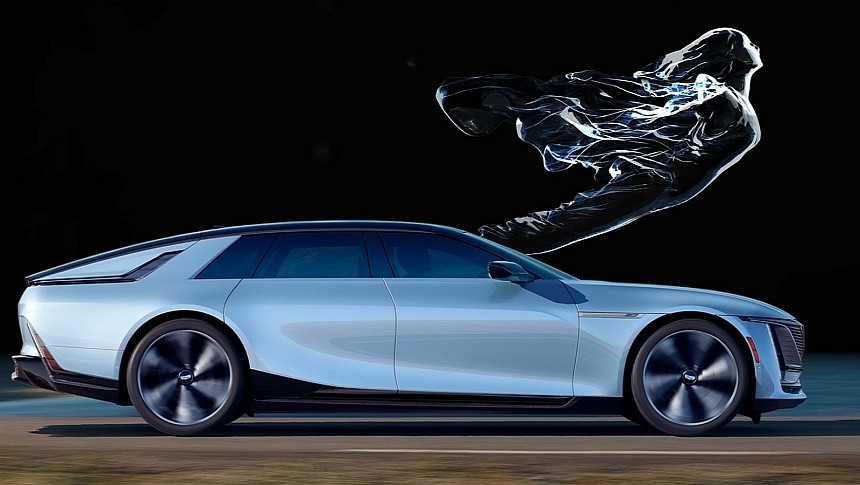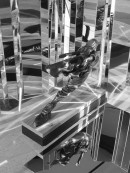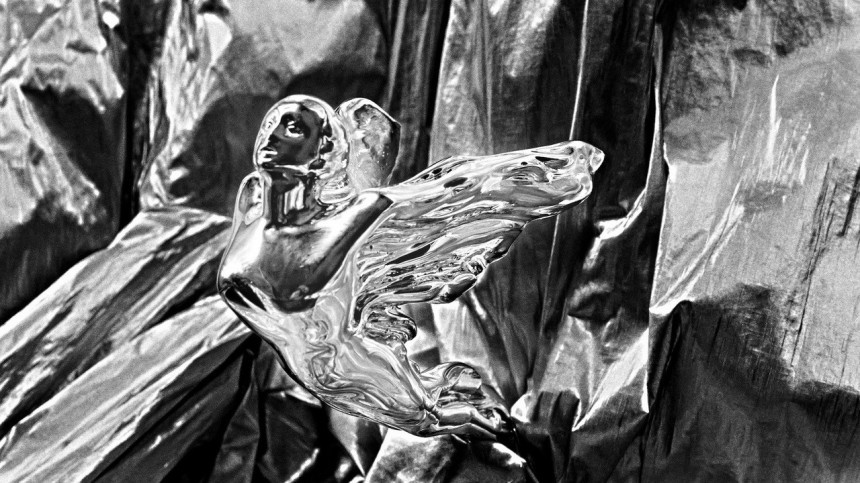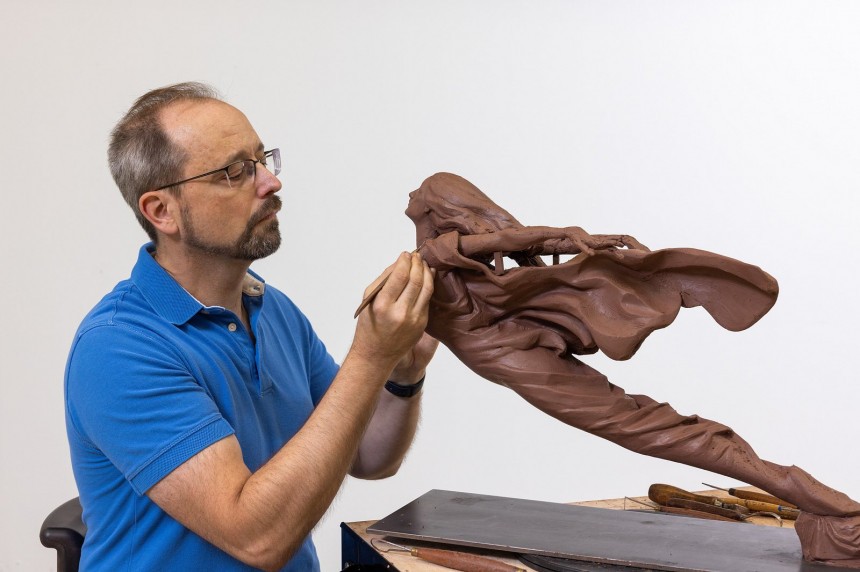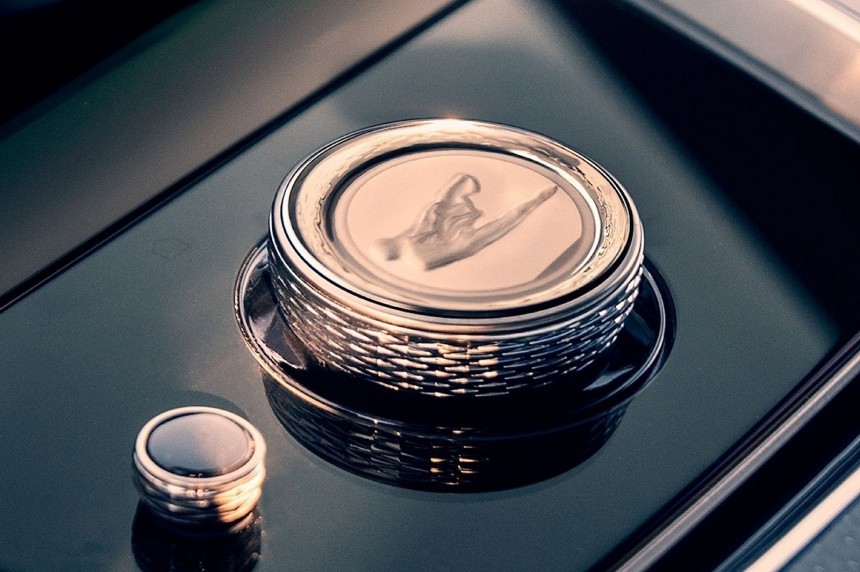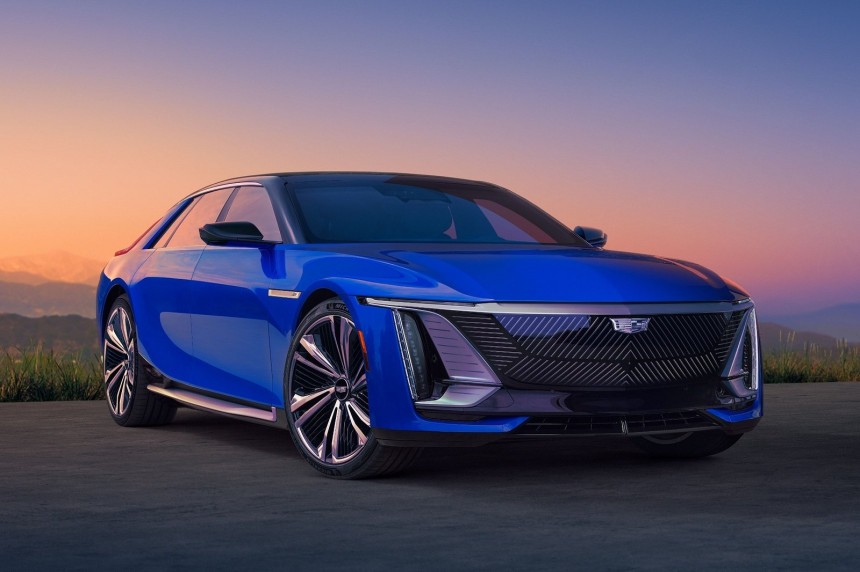It was the 1930s, and automotive mascots were all the rage. Rolls-Royce had one, while Mercedes-Benz had placed the three-pointed star on the bonnet. Cadillac came up with one as well. It was the Flying Goddess.
The first Flying Goddess was designed by William N. Schnell of Ternstedt Manufacturing Company of General Motors. Cadillac described it as “the very spirit of unsurpassed swiftness and power, coupled with grace and perfect balance.” Beyond the words put together by a Public Relations expert, she did look powerful yet feminine.
But Cadillac kept it behind closed doors. In 1933, a new version, this time designed by Chris J. Klein and John R. Morgan from the same design studio, was to find its way to the hood of the V-16 that same year. The updated V-8 and the V-12 models followed in 1934. Yet the V-16 flagship received an exclusive version through 1937, before getting an updated design from 1938 and 1940.
Her looks changed over the years, but she always seemed to stand for the same values. She survived throughout the 1940s and into the mid-1950s. After World War II, she evolved further, with obvious aircraft influence that brought her tail fins and jet-engine design cues.
But her presence on the Cadillac models came to an end in the late 1950s. Her final appearance was on the limited-production 1959 Eldorado Brougham.
Then, years passed, and everyone forgot about the Goddess. New regulations regarding the protection of pedestrians upon the impact with the car sent her into oblivion. Rolls-Royce chose to come up with a retractable Spirit of Ecstasy.
The mechanism would pull the mascot into the hood with a simple push of a button or the mascot retracts whenever hit from any angle.
But the all-new Cadillac Celestiq ultra-luxury EV is now bringing her back into production. The Celestiq was the reinvention of Cadillac into an electric future. So the brand considered reinventing the Flying Goddess as well.
The artist found inspiration in the 1933 mascot, while focusing on creating impressionistic wings and flowing drapery that give the figure a sense of motion. But displaying it on the hood without a retractable mechanism, similar to that of the Rolls-Royce models, was not an option. Cadillac repositioned it to the front quarter panel of the Celestiq, the rival of Rolls-Royce's Spectre.
Entirely sculpted by hand, she also shows up on the multi-function controller placed in the center console. The one is stuck inside a combination of real metal and glass.
Cadillac also found room for her in the charge port and a billet aluminum. And that is the closest representation of the former three-dimensional statuette that we are going to see.
The one who redesigned the mascot was creative sculptor Richard Wiquist. He took all her personalities one by one, the Jet Age of the 1950s included. He studied every step, every version of the past mascots. His mission was to integrate the heritage of the brand into its future.
But the most prominent influence on the new symbol was that of the 1933 Goddess used on the Cadillac's V-16 models.
"The 1933 figure had a great sense of motion conveyed through drapery that appeared to flow from the figure," he explains his weakness for that particular version. He spent months crafting her, trying to capture the essence of motion yet keeping the soaring stance.
He created everything without having the slightest idea about how Cadillac was going to integrate his art into the Celestiq. The artists at the Cadillac design studio still had to make up their minds.
The Cadillac Celestiq is powered by two electric motors, one on the front and the other one on the rear axle. Together, they generate an estimated combined output of 600 horsepower (612 PS) and 640 lb-ft (870 Nm) of torque. The ultra-luxury liftback model runs from 0 to 60 mph (0-97 kph) in 3.8 seconds.
Featuring GM's Ultimum battery technology with the unit sporting a capacity of 111 kWh, the Celestiq can drive as far as 300 miles (483 kilometers) before it needs to be plugged in again.
The futuristic Celestiq will go down in history as the car that revived the Flying Goddess.
But Cadillac kept it behind closed doors. In 1933, a new version, this time designed by Chris J. Klein and John R. Morgan from the same design studio, was to find its way to the hood of the V-16 that same year. The updated V-8 and the V-12 models followed in 1934. Yet the V-16 flagship received an exclusive version through 1937, before getting an updated design from 1938 and 1940.
Her looks changed over the years, but she always seemed to stand for the same values. She survived throughout the 1940s and into the mid-1950s. After World War II, she evolved further, with obvious aircraft influence that brought her tail fins and jet-engine design cues.
But her presence on the Cadillac models came to an end in the late 1950s. Her final appearance was on the limited-production 1959 Eldorado Brougham.
The mechanism would pull the mascot into the hood with a simple push of a button or the mascot retracts whenever hit from any angle.
The Flying Goddess will never be the same
But Cadillac seemed to have totally forgotten about their Goddess. That was until 2016. In August, Cadillac debuted the Escala concept in Pebble Beach, California. The concept car marked the beginning of a new era in design for the brand and revived the Flying Goddess with a 21st century vision.But the all-new Cadillac Celestiq ultra-luxury EV is now bringing her back into production. The Celestiq was the reinvention of Cadillac into an electric future. So the brand considered reinventing the Flying Goddess as well.
The artist found inspiration in the 1933 mascot, while focusing on creating impressionistic wings and flowing drapery that give the figure a sense of motion. But displaying it on the hood without a retractable mechanism, similar to that of the Rolls-Royce models, was not an option. Cadillac repositioned it to the front quarter panel of the Celestiq, the rival of Rolls-Royce's Spectre.
Cadillac also found room for her in the charge port and a billet aluminum. And that is the closest representation of the former three-dimensional statuette that we are going to see.
The one who redesigned the mascot was creative sculptor Richard Wiquist. He took all her personalities one by one, the Jet Age of the 1950s included. He studied every step, every version of the past mascots. His mission was to integrate the heritage of the brand into its future.
But the most prominent influence on the new symbol was that of the 1933 Goddess used on the Cadillac's V-16 models.
"The 1933 figure had a great sense of motion conveyed through drapery that appeared to flow from the figure," he explains his weakness for that particular version. He spent months crafting her, trying to capture the essence of motion yet keeping the soaring stance.
The Celestiq is the brand's sneak peek at the future
The Celestiq starts at $340,000 before options, a price that puts it up there in the stratosphere of the ultra-luxury cars. The model is only available by waitlist. It will enter production in 2024 and first customers should have it in their driveway by the next summer.The Cadillac Celestiq is powered by two electric motors, one on the front and the other one on the rear axle. Together, they generate an estimated combined output of 600 horsepower (612 PS) and 640 lb-ft (870 Nm) of torque. The ultra-luxury liftback model runs from 0 to 60 mph (0-97 kph) in 3.8 seconds.
The futuristic Celestiq will go down in history as the car that revived the Flying Goddess.
